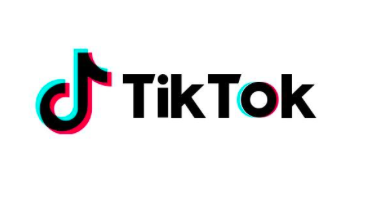The fall of Vine. An era we thought left us prematurely has been revitalized under a new name: TikTok. Once again, it’s 2013 and short videos are fueling our laughter.
What is TikTok?
TikTok hit the social media and entertainment market in September 2016, manufactured in China. Users of the app shoot 15-second clips, edit them and add filters and music to share with the world. The app has been designed to be compatible with any phone software and has attracted all Android and Apple users.
The app’s origins come from the purchase of a small lip-sync platform called Musical.ly. Before the purchase, Musical.ly did experience small-scale success. ByteDance — TikTok’s owner — bought the small app and rebranded it as TikTok, doubling in downloads worldwide. For the first half of 2018, TikTok was the #1 download in the iTunes app store.
According to The Verge, ByteDance is now valued at more than $75 billion — thanks to TikTok. Its growth will not be slowing down anytime soon.
Not Just Kids!
An initial stereotype of the app was that it was intended for much younger audiences, due to how Musical.ly had been marketed. Although the majority of TikTok users are under the age of 24, all demographics have been active on the new social media trend.
Check out this video of Reese Witherspoon learning about TikTok from her son.
Jimmy Fallon, the king of promoting social media trends, has also taken a large liking for the app. One popular TikTok trend is the creation and mimicking of “challenges.” Fallon created a “#TumbleweedChallenge” to get on board with the app and lingo.
Here is the video:
The app has seemed to have “blown up” overnight. TikTok now has more than half a billion monthly diverse users worldwide, with nearly 80 million downloads in the United States, according to Oberlo.
Fame and Fortune?
Alike with Vine, certain video personalities have claimed status as a result of positive production feedback. Many “Viners” took their talents to YouTube when the app had left the market — due to logistical and financial reasons. Internet celebrities Nash Grier, Cameron Dallas, Andrew Bachelor and Liza Koshy all arose from small seven-second video clips.
Some current TikTok stars include Baby Ariel and Loren Grey, who have charted more than 20 million followers each in the app’s short lifespan. The app itself does not pay or offer incentives; however, brand deals and popularity have arisen by result of a large following.
Will It End Like Vine?
Unanimously, it is pretty concrete that Vine ended rather tumultuously. Twitter could not financially sustain broadcasting the app, Vine could not continue to compete with a rapidly growing Instagram, stars left for other social media platforms that would bring them more money and advertisers stopped caring for it. In layman’s terms, Vine was not making anyone money.
A large contributor to its downfall was the strict, short duration of the videos. Something that TikTok has combatted is doubling the length of videos to 15 seconds. The new app has surfaced to Twitter and has been vital in its market growth. It will be interesting to see how these trends continue with the passage of time.





